From Dorm Room to Mars: Musk’s Origin Story
Elon Musk began with almost nothing. After arriving in North America with just about $2,000, he and his brother launched their first startup in a small office—sleeping on the couch and showering at the local YMCA . That fledgling venture eventually sold for $22 million, funding Musk’s next chapter: PayPal, later acquired by eBay for $1.5 billion
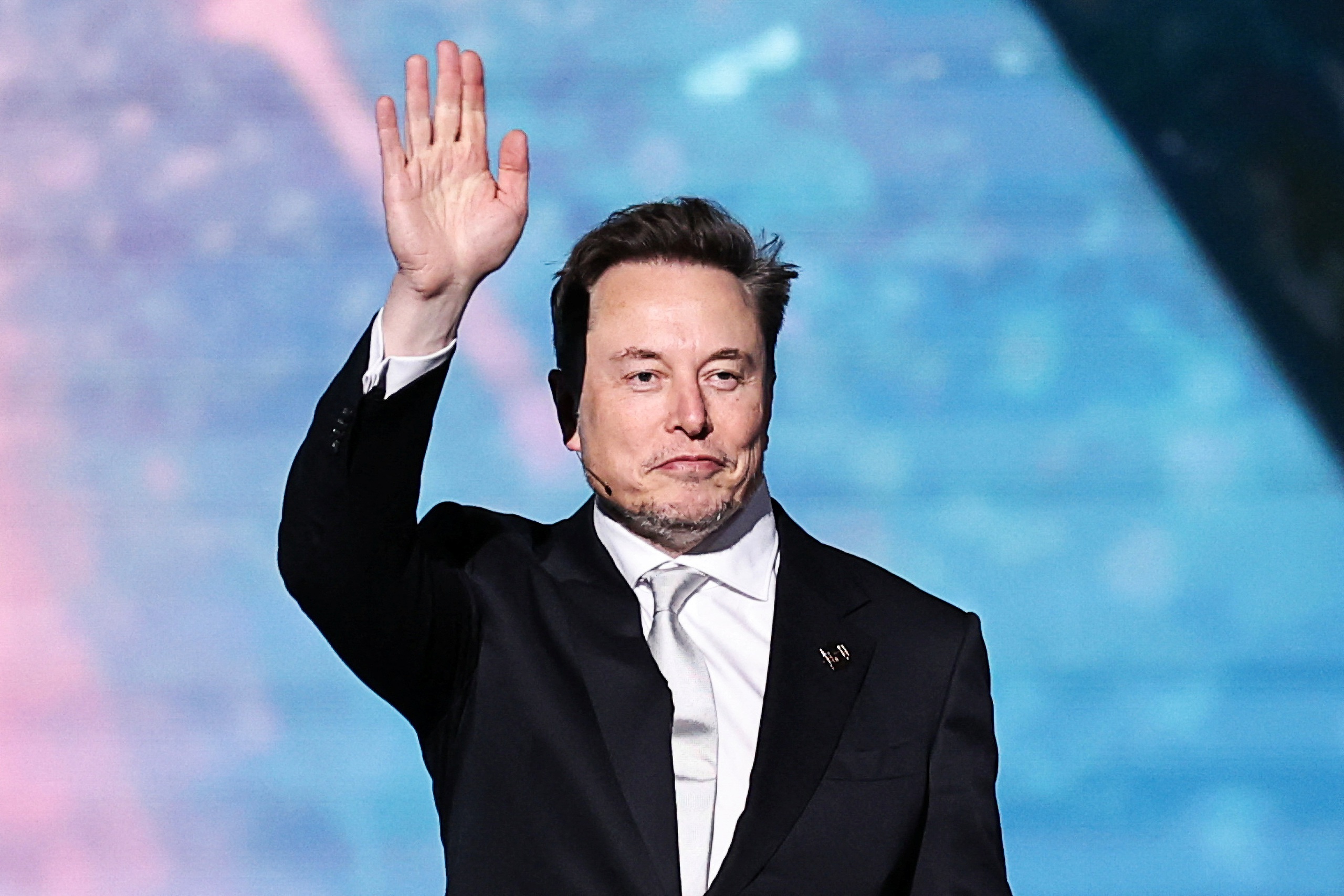
This leap—from living on minimal means to creating transformative companies—illustrates Musk’s belief that vision, grit, and relentless work can build real impact from nothing.

Define a Clear, Mission-Driven Vision
Musk didn’t start Tesla to get rich. His goal, he explained, was to solve a planetary-scale environmental problem—not to chase wealth He famously questioned, “What problems will most affect the future of humanity?”

Start Small but Think Big
SpaceX began in a warehouse in El Segundo. Musk personally hand-picked early engineers—Tom Mueller, Gwynne Shotwell—and funded operations with his own cash, using PayPal payout to fuel long-term vision


Embrace First Principles Thinking
Instead of accepting high rocket costs from suppliers, Musk broke the problem down—studied component prices, built in-house systems, and radically lowered launch expenses . He approaches challenges by boiling them to fundamental truths—a method adapted from physics.

Hire for Belief, Not Just Skill
In a public startup setting, Musk insisted that everyone on your team must believe in the mission, not merely earn a salary He recommends team members who align with the higher purpose—Tesla and SpaceX staff worked far beyond comfort zones.

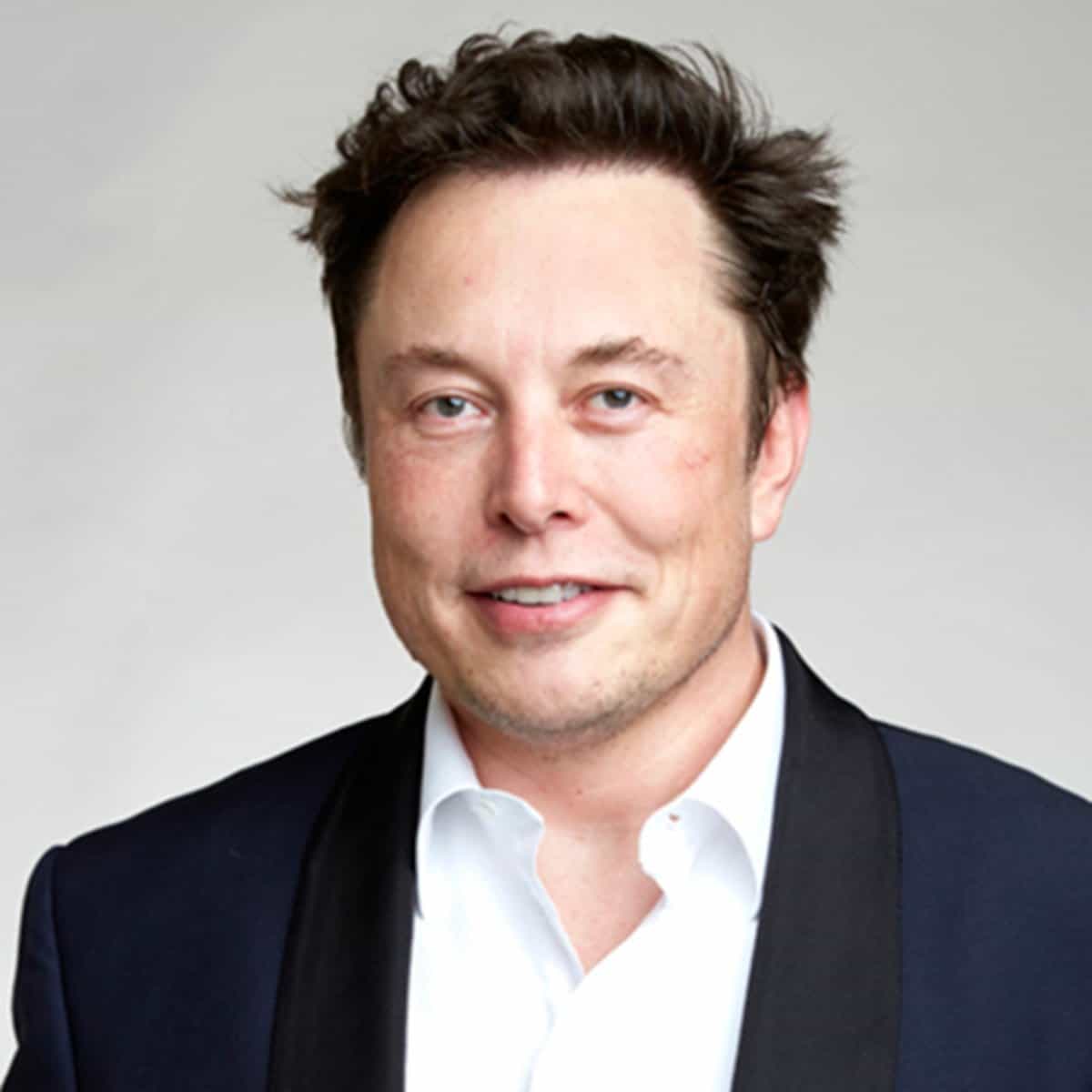
Relentlessly Solicit Feedback
Musk regards feedback as critical:
“Hardly anyone does that, and it’s incredibly helpful.”
He urged entrepreneurs to seek critical feedback from trusted advisors—and not take critiques personallyAction Step: Build a loop where candid feedback from customers, friends, and critics shapes every iteration.
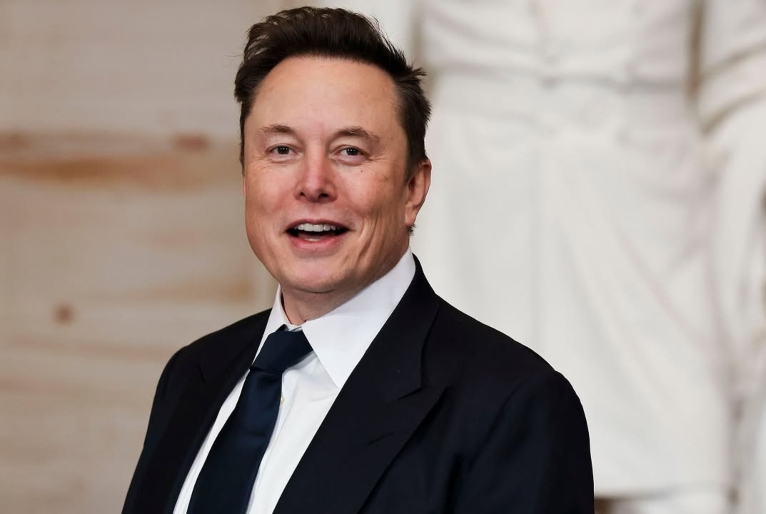
Work Like Hell—and Expect Pain
Musk has said:
“Work like hell. …If other people work 40 hours, and you work 100, you’ll achieve in four months what takes them a year.”
He also warned:
“Starting a business is like eating glass and staring into the abyss.”

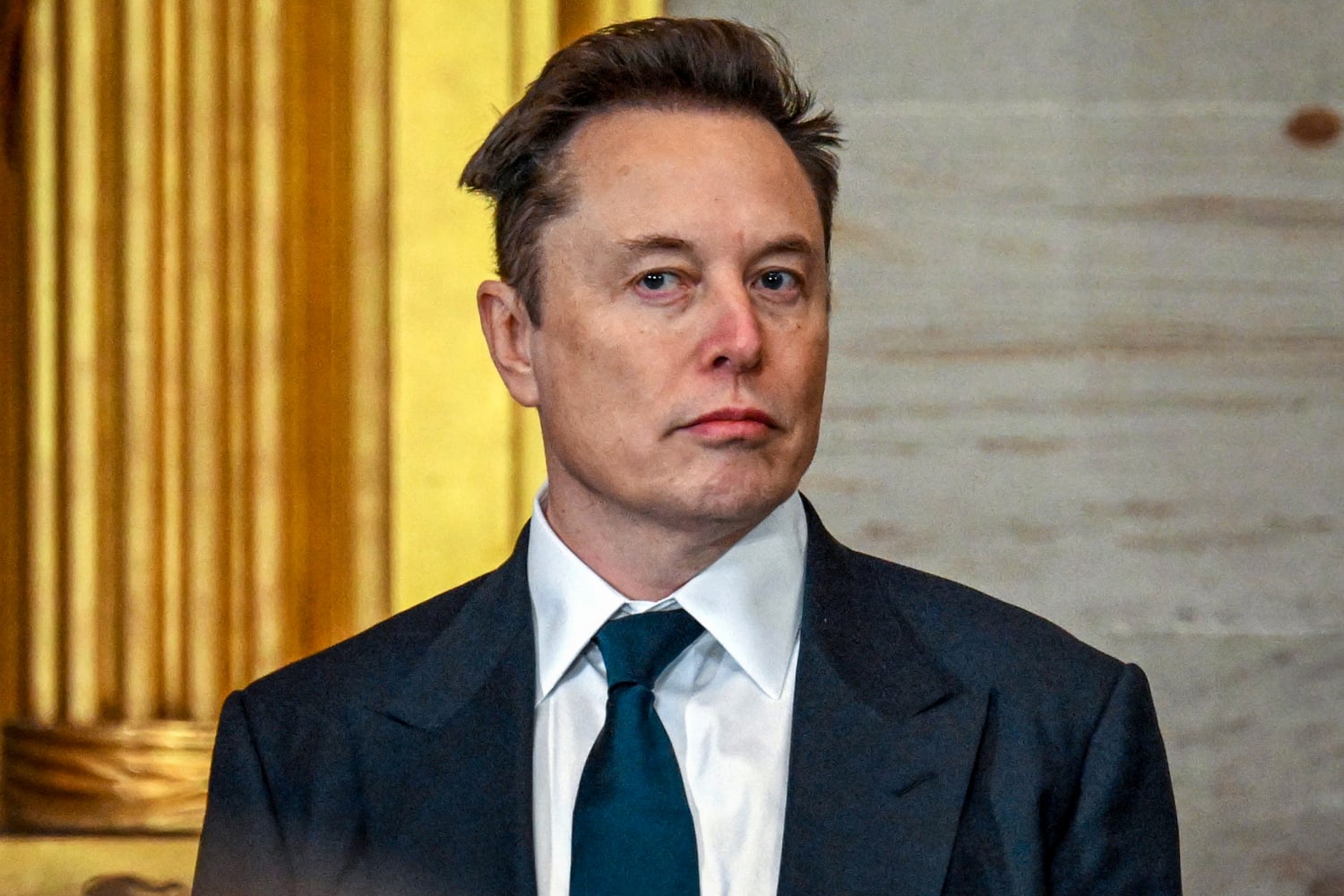
Let Failure Be Part of the Process
Musk values bold experiments:
“Failure is an option here. If things aren’t failing, you’re not innovating enough.”
SpaceX endured several rocket crashes before success; Tesla’s Gigafactory ramp-up was chaotic—but eventually successful

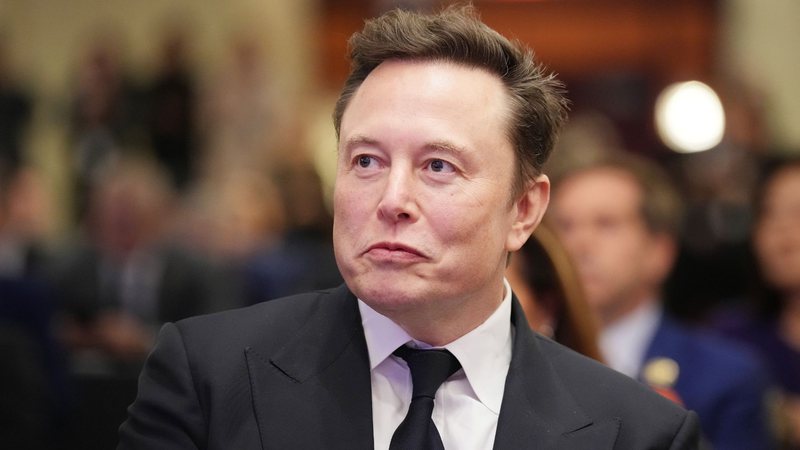
Strip Away Bureaucracy—Avoid Process Over Thinking
Musk has claimed,
“Process becomes a substitute for thinking.” And when interviewing candidates, he sees “it’s all about the process” as a red flag
He believes creativity stalls when trapped in dense bureaucracy.


Focus Obsessively on the Product
Tesla famously spends zero on advertising, preferring to invest in engineering, design, and manufacturing
Musk asks: “Does this make the product better?” If not, toss it. He attributes Tesla’s brand strength to its design-first philosophy.


Timeline Summary: From Nothing to Legacy
Start early—take risks while unencumbered ([turn0search2]).
Fund small—Musk invested $6.5M in Tesla and later heavily into SpaceX with PayPal proceeds ([turn0search19],[turn0search18]).
Be the problem solver—he personally guided product design at Tesla, debugging factories at 3AM ([turn0news12]).
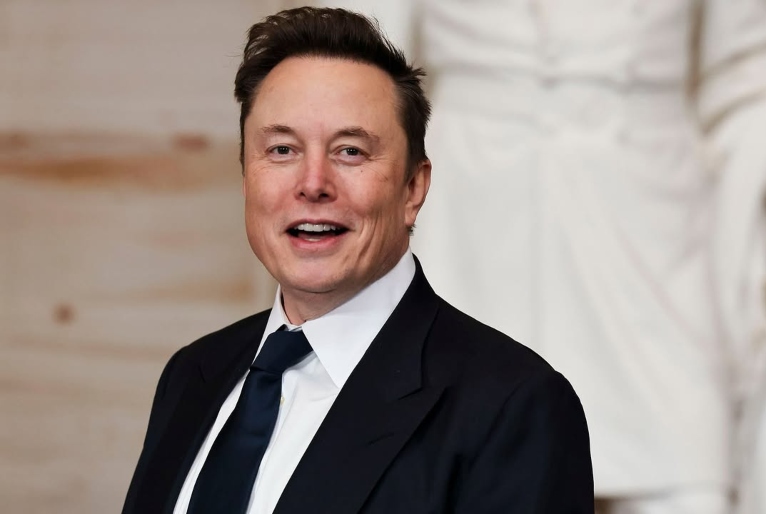
Stay mission-aligned—Tesla began with affordable EVs; SpaceX aimed to colonize Mars ([turn0news12],[turn0search20]).
Persist through chaos—both companies faced near-bankruptcy before breakthrough ([turn0news14]).

Real-World Advice: Implementing Musk’s Mindset
Refine your vision—connect your startup to a real-world problem bigger than yourself.
Bootstrap smartly—start small, own your equity, and reinvest profits.
Study deeply—understand your domain like Musk did before building rockets Build feedback loops—from customers and trusted advisors.
Outwork the competition—expect turbulence, but plan persistence.
Be product-obsessed—cut distractions, focus resources where they matter.

Limitations of Musk’s Model
While Musk’s path is inspiring, it’s also brutal. Work-life balance is often absent; mental burnout is real. His intense leadership style has fueled turnover and internal stress at Tesla and SpaceX

Furthermore, scaling these lessons requires calibration. Most startups cannot operate with Musk’s hours or risk thresholds—but applying core philosophies—with respect to health—can still yield breakthrough.
Final Assessment: The Elon Musk Startup Blueprint
Elon Musk’s journey from nothing to founding Tesla, SpaceX, SolarCity, Neuralink, and The Boring Company demonstrates a singular formula:
Vision bold enough to defy norms,
Execution rigorous enough to build from scratch,
Culture driven by mission not mediation,
Resilience fueled by feedback, failure, and absolute grit.

If you’re ready to build from zero, not for fame and profit—but driven to solve burning problems, then Musk’s motivational blueprint may be your guide. But heed this: it’s a path built on sacrifice, focus, and an unshakeable belief in the possible.

Key Musk Quotes for Motivation:
“When something is important enough, even if the odds aren’t in your favor, you should still do it.”
“Failure is an option here. If things are not failing, you are not innovating enough.”
“Work like hell… you’ll achieve in four months what it takes others a year to achieve.”